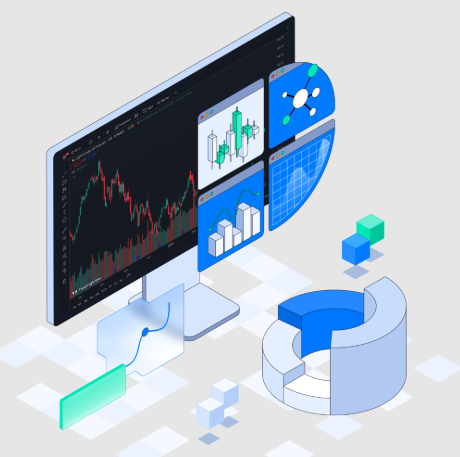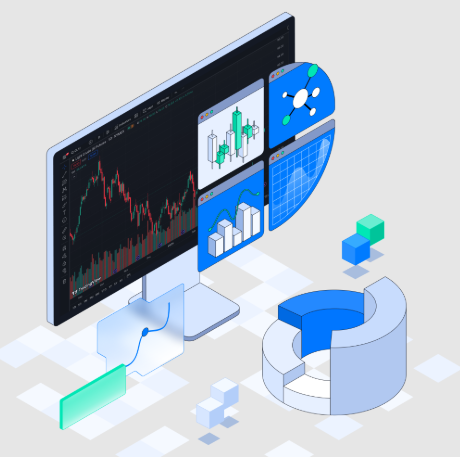Contracts for Difference (CFDs) are powerful tools that let traders speculate on the price movement of various assets, without owning them. With leverage, flexibility, and exposure to global markets, CFDs are ideal for short-term strategies. However, their greatest strength is also their biggest risk: CFD markets react strongly to global economic events.
A shift in interest rates, a spike in inflation (CPI), or a geopolitical conflict can move CFD prices within seconds. Whether you're trading gold, forex, oil, or stock indices, understanding macro events and their impact on CFD trading is essential.
For example, when the Federal Reserve hiked rates in 2022, the Gold/USD CFD entered a volatile consolidation phase. Traders who understood this CFD market reaction to macroeconomic policy were able to position themselves effectively; those who didn’t often got caught in unexpected reversals.
Overview of Global Economic Event Types
To master CFD trading, you must first understand the types of global economic events that move markets.
1. Economic Indicators
These are standard macroeconomic releases that affect investor sentiment and liquidity:
- GDP: Slowing growth can trigger selloffs in index CFDs.
- CPI & PMI: Inflation data affects rate-sensitive CFDs like forex and gold.
- NFP & unemployment rates: Labor market strength drives USD-based CFDs.
These economic indicators impact CFD prices across asset classes, particularly when the results deviate from expectations.
2. Central Bank News and Policy
Nothing moves the markets like central banks. When entities like the Fed, ECB, or BOE issue:
- Interest rate decisions
- Meeting minutes
- Forward guidance
They often cause sharp CFD market reactions, especially in currency, bond, and equity CFDs.
3. Geopolitical Events
From elections to trade wars and military conflicts, these events:
- Add risk to the market
- Increase volatility in oil, gold, and forex CFDs
The Russia-Ukraine conflict, for instance, had an immediate effect on energy CFDs and safe-haven assets like gold and CHF.
4. Black Swan Events
- Pandemics (e.g., COVID-19)
- Natural disasters
These create extreme volatility in commodity and index CFDs, often leading to sharp, one-sided moves.
How Economic Events Transmit into CFD Price Movements
Sometimes, good news leads to falling prices in CFD markets. If the market expects good data, a positive release may already be priced in. Traders may sell to lock in gains; this is the classic "buy the rumor, sell the news" dynamic.
The final step: each of these price movements across Asset Classes is represented in CFD prices, presenting traders with opportunities (and risks) contingent on the driven event.
Sensitivity of Different CFD Assets to Economic Events
Forex Pairs: (example EUR/USD, USD/JPY): When the Fed raised rates early on in 2024, they pushed past 150 USD/JPY as yield differentials widened and mortgage holders' capital flocked to higher yielding USD assets.
Index CFDs: (example NAS100, US30): In March 2024, rate cut expectations were pushed back by unexpected inflation rate readings which led NASDAQ prices to drop 5% in a week which is a reflection of growth-stock investor sensitivity to higher discount rates.
Conclusion
Whether it’s a central bank speech, a surprise CPI number, or a geopolitical escalation, CFD markets are shaped by macro events. The faster you understand this, the faster you'll become a confident, consistent trader.
- Master economic insight
- Build event-driven strategies
- Use a macro calendar
- And stay emotionally disciplined
At BTCDana, we provide you with the tools to succeed in all market conditions, from live macro alerts to advanced analytics and copy trading strategies.
For more info:-







Comments